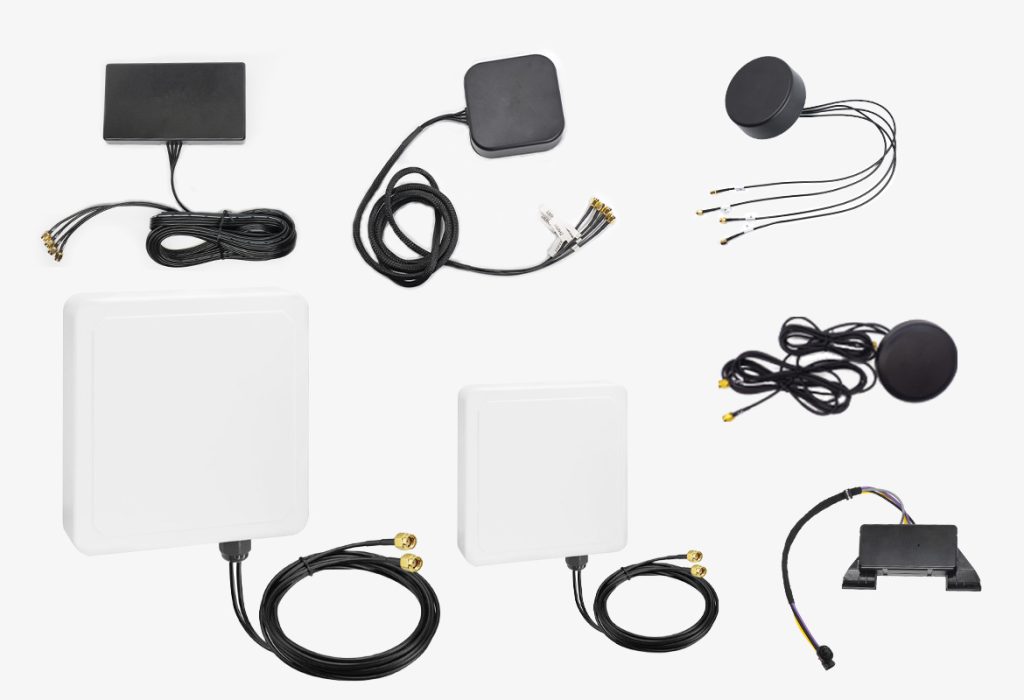Understanding the Role of 5G Antennas in Revolutionizing Communication Technology
The advent of 5G antennas marks a significant leap in communication technology, promising faster speeds, lower latency, and enhanced connectivity. But what exactly are these antennas, and how do they contribute to the 5G ecosystem? This article delves into the intricacies of 5G antennas, their types, and their pivotal role in shaping the future of communication.
What Are 5G Antennas?
5G antennas are specialized devices designed to transmit and receive radio frequency signals for 5G networks. Unlike their predecessors, these antennas utilize advanced technologies such as Massive MIMO (Multiple Input Multiple Output) and beamforming. These innovations allow for improved signal quality and capacity, which are essential for handling the increased data demands of modern applications.
Types of 5G Antennas
Understanding the different types of 5G antennas is crucial for grasping their functionality. Here are the primary categories:
- Macro Antennas: These are large antennas typically mounted on towers, providing extensive coverage over wide areas.
- Small Cell Antennas: Smaller in size, these antennas are deployed in dense urban environments to enhance coverage and capacity.
- Millimeter Wave Antennas: Operating at higher frequencies, these antennas offer ultra-fast data rates but have limited range.
- Active Antennas: Combining radio and antenna functions, these devices improve efficiency and reduce the need for additional equipment.
The Impact of 5G Antennas on Connectivity
As we transition to a more connected world, the role of 5G antennas becomes increasingly vital. They enable a myriad of applications, from smart cities to autonomous vehicles. The low latency and high bandwidth provided by 5G antennas facilitate real-time communication, which is essential for technologies like augmented reality (AR) and virtual reality (VR).
Challenges and Considerations
While the benefits of 5G antennas are clear, there are challenges to consider. For instance, the deployment of small cell antennas requires careful planning to ensure they are strategically placed for optimal coverage. Additionally, regulatory hurdles and public concerns about health impacts can slow down the rollout of 5G infrastructure.
Future Prospects of 5G Antennas
Looking ahead, the evolution of 5G antennas is expected to continue. Innovations in materials and design will likely enhance their performance and efficiency. Furthermore, as the demand for connectivity grows, the integration of 5g antennas with other technologies, such as satellite communication, could redefine how we connect globally.
For those interested in exploring high-quality 5G antennas , consider visiting  for a comprehensive collection of external antennas designed to meet diverse connectivity needs.
for a comprehensive collection of external antennas designed to meet diverse connectivity needs.
In conclusion, 5G antennas are at the forefront of a communication revolution. Their ability to support high-speed data transfer and low latency is transforming how we interact with technology. As we embrace this new era, understanding the role of these antennas will be crucial for leveraging their full potential.
